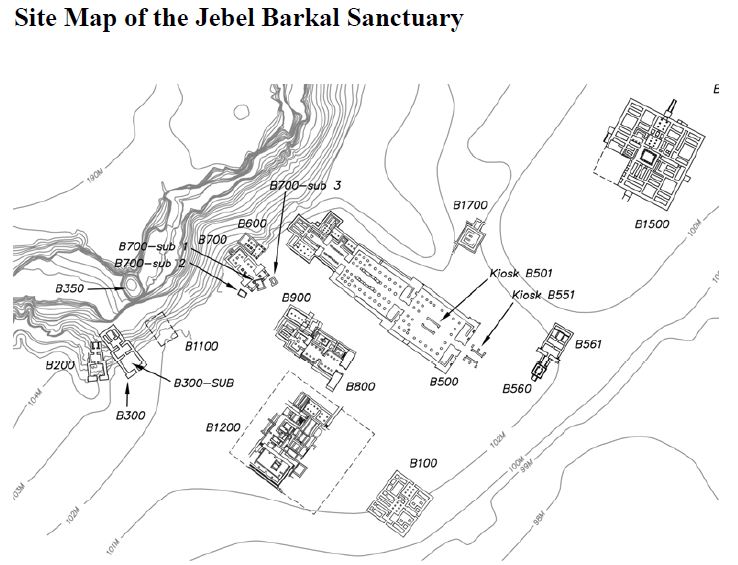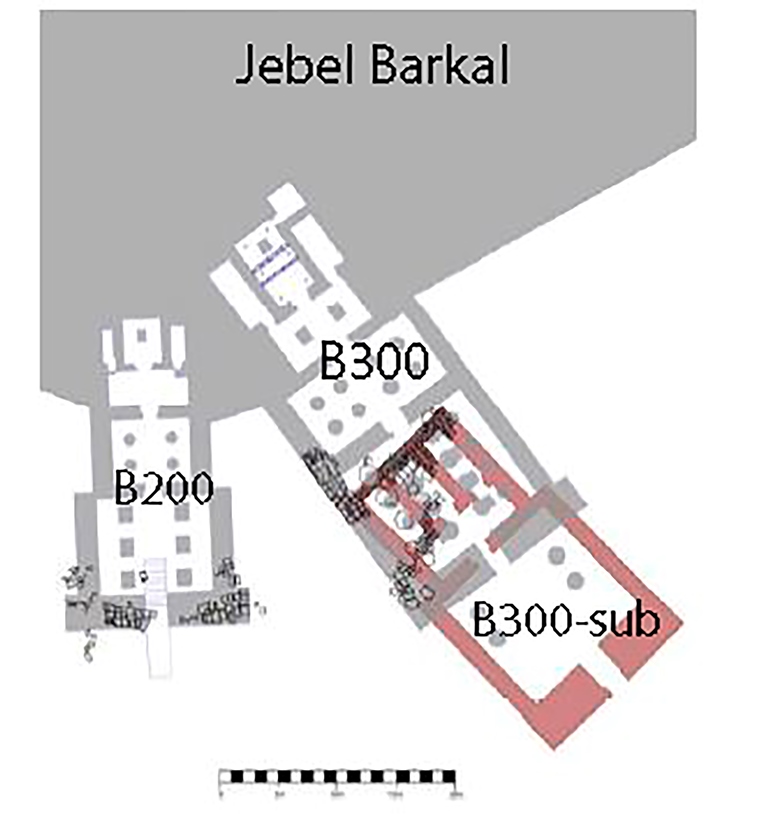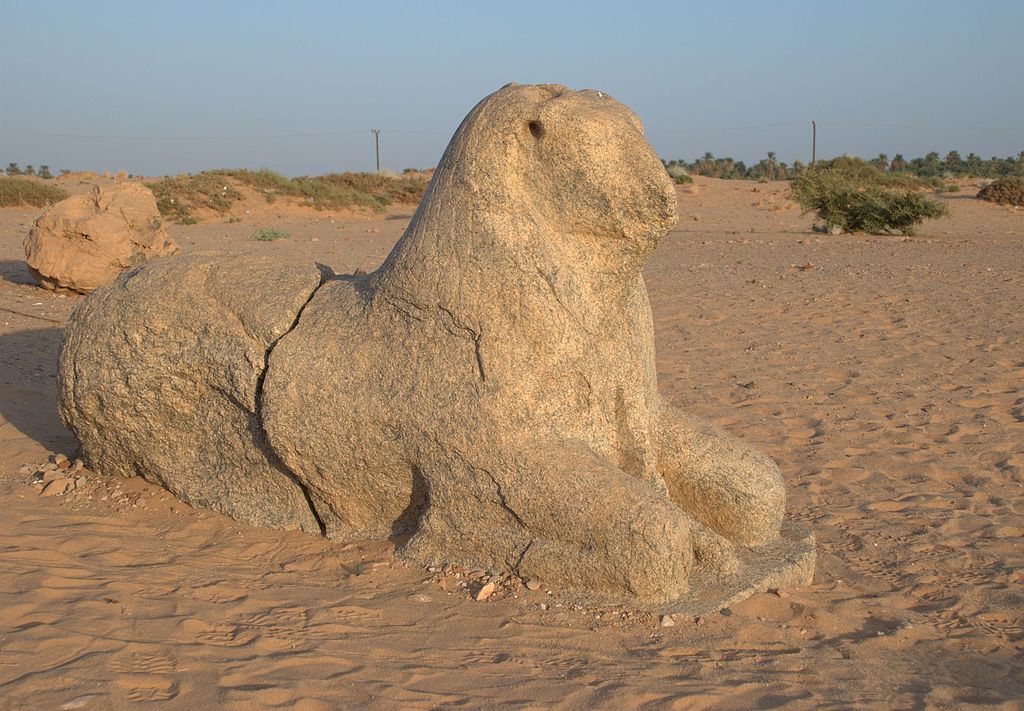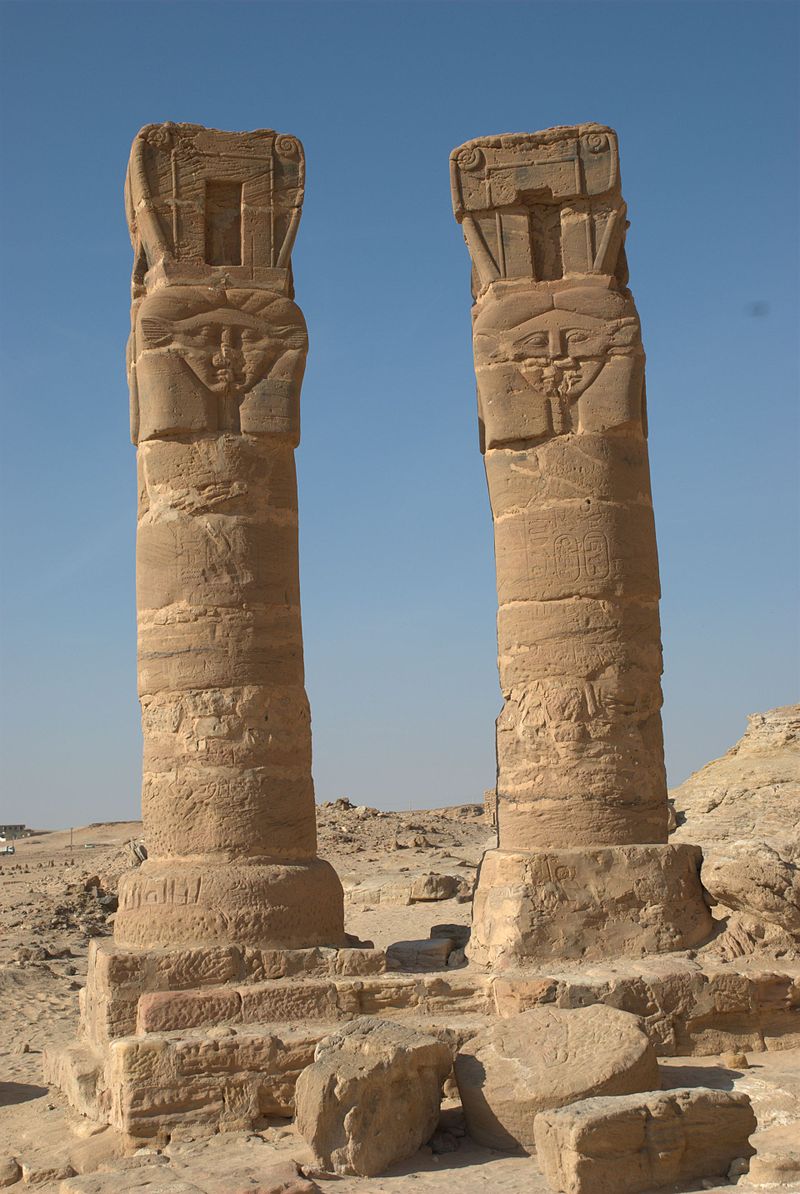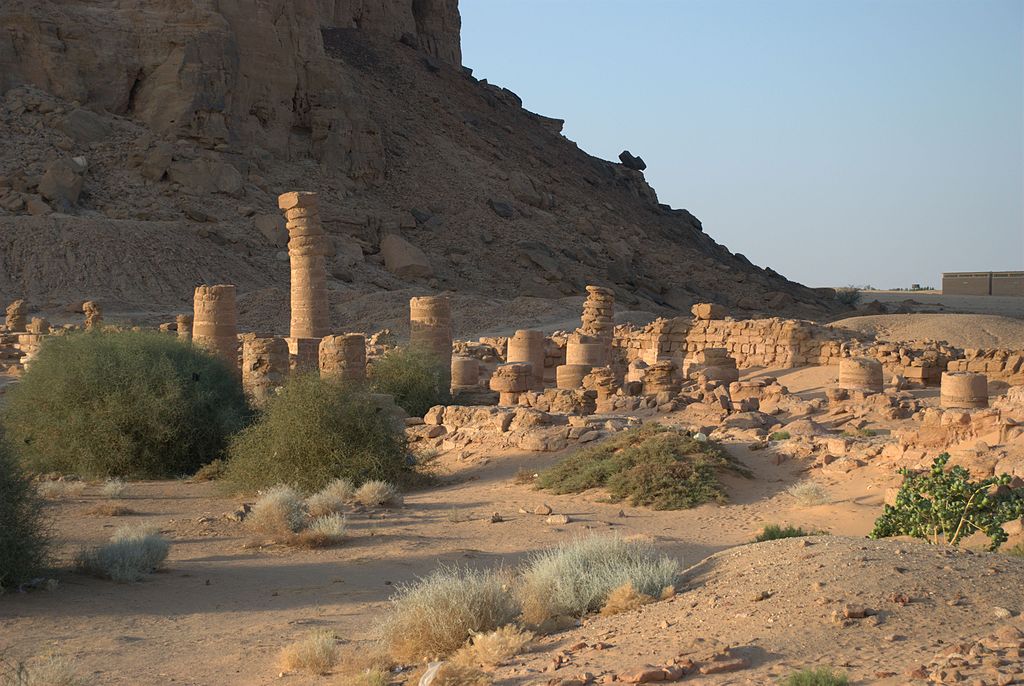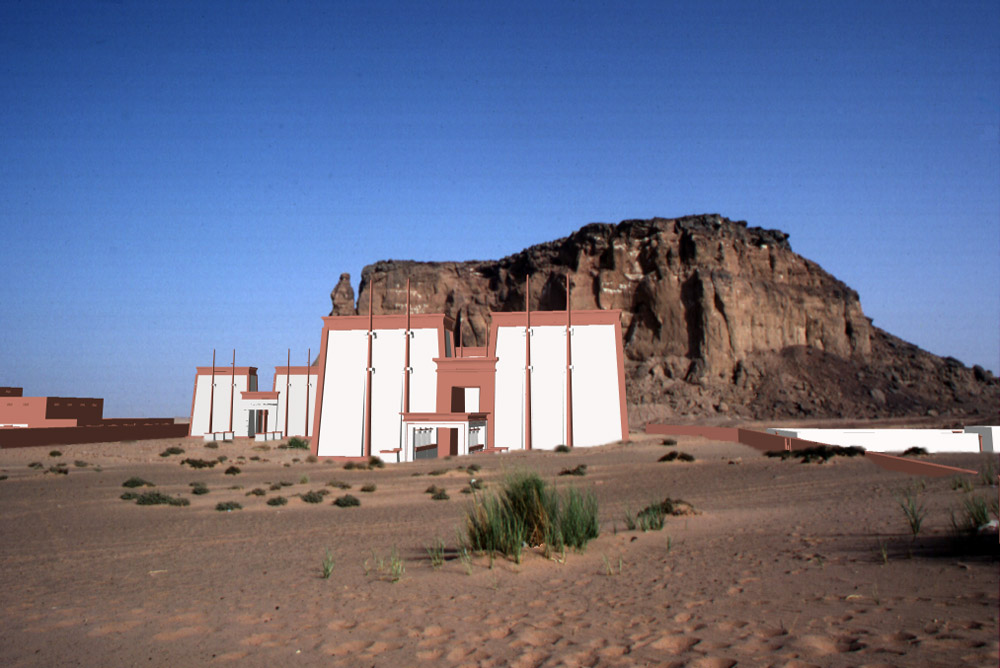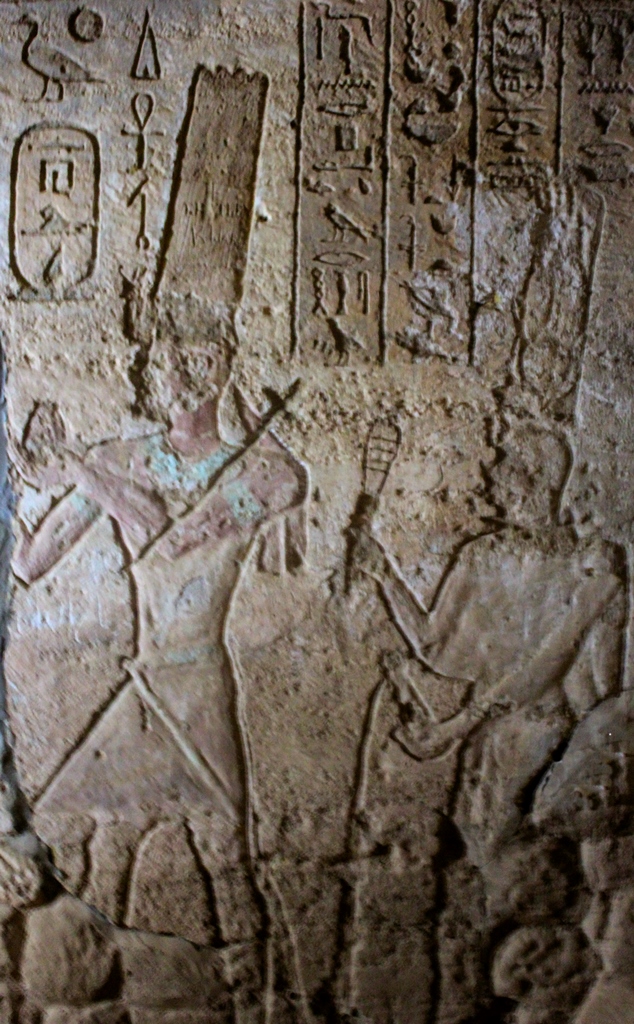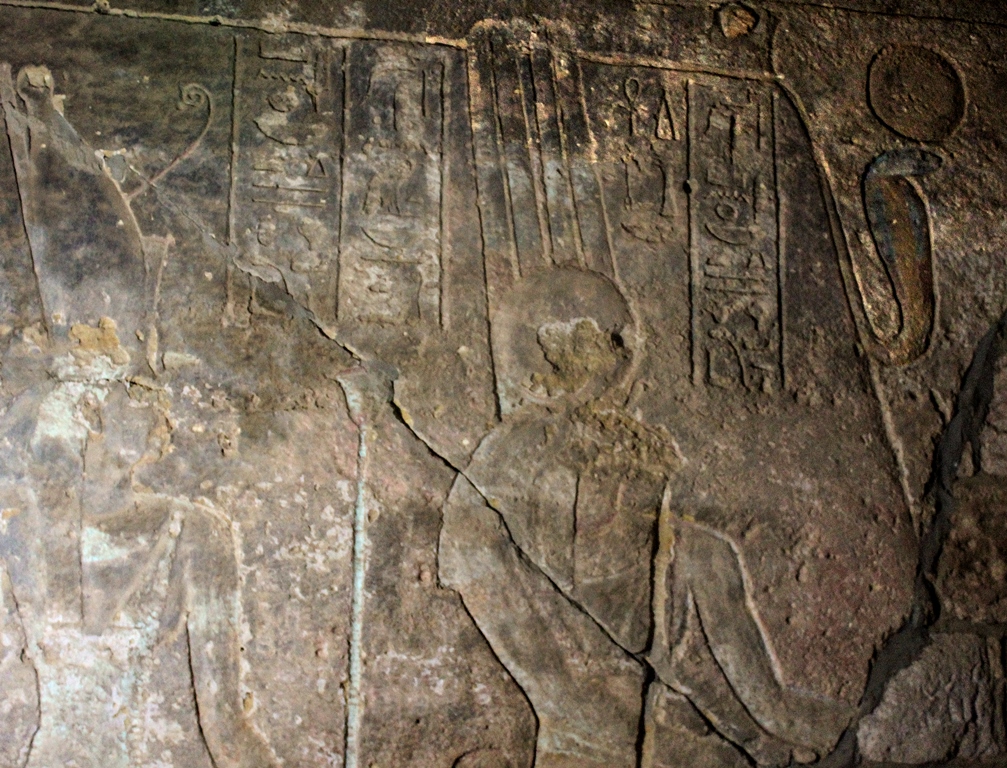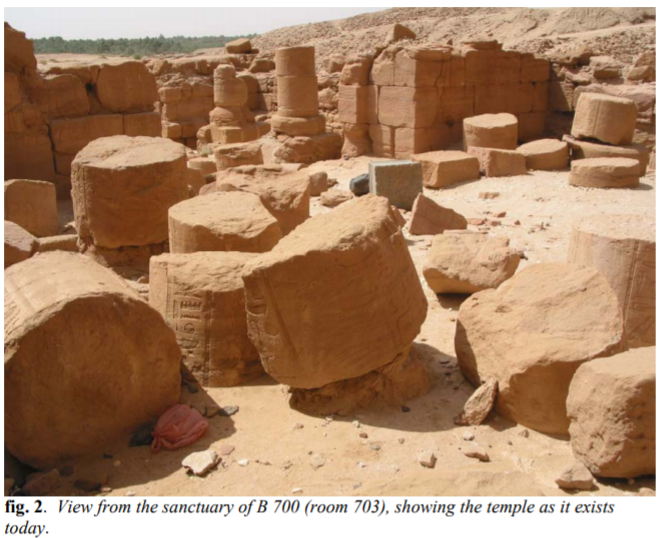Jebel Barkal
Key Points
- Jebel Barkal or Gebel Barkal is a very small mountain located some 400 km north of Khartoum, in Karima town in Northern State in Sudan, on a large bend of the Nile River, in the region called Nubia. The mountain is 98 m tall, has a flat top, and apparently was used as a landmark by the traders in the important route between central Africa, Arabia, and Egypt, as the point where it was easier to cross the great river.
- In 2003, the mountain, together with the historical city of Napata (which sits at its feet), were named World Heritage Sites by UNESCO.
- The Jebel Barkal area houses the Jebel Barkal Museum. The three gallery rooms of the museum display artefacts and pottery findings from excavations conducted in the Jebel Barkal area, among them one of the royal Twenty-fifth Dynasty of Egypt statues found by George A. Reisner in 1916
- Around 1450 BCE, the Egyptian Pharaoh Thutmose III extended his empire to that region and considered Jebel Barkal its southern limit. There, he campaigned near the city of Napata that, about 300 years later, became the capital of the independent kingdom of Kush.
- The 25th Dynasty Nubian king Piye later greatly enlarged the New Kingdom Temple of Amun in this city and erected his Year 20 Victory stela within it.
-
The ruins around Jebel Barkal include at least 13 temples and 3 palaces.
-
The Temple of Mut, also named temple B300, is a partially rock-cut temple built on the west side base of the Jebel Barkal pinnacle, from which angle it assumed the shape of an Uraeus wearing the White Crown of Upper Egypt. Dedicated to the goddess Mut, the wife of Amun, the Temple of Mut was erected by pharaoh Taharqa in the 680s BCE, at a time when he ruled upper and lower Egypt.
The Temple of Amun is one of the largest temples at Jebel Barkal. It is considered sacred to the local population. Not only was the Amun temple a main centre of what at one time was considered to be an almost universal religion, but, along with the other archaeological sites at Jebel Barkal, it was representative of the revival of Egyptian religious values. Up to the middle of the 19th century, the temple was subjected to vandalism, destruction, and indiscriminate plundering, before it came under state protection. - Jebel Barkal served as a royal cemetery during the Meroitic Kingdom. The earliest burials date back to the 3rd century BC.
- Bar. 1 King from the middle of the 1st century BCE
- Bar. 2 King Teriqas (ca. 29-25 BCE)
- Bar. 4 Queen Amanirenas ? (1st century BCE)
- Bar. 6 Queen Nawidemak (1st century BCE)
- Bar. 7 King Sabrakamani? (3rd century BCE)
- Bar. 9 King or Queen of the early 2nd century CE
- Bar. 11 King Aktisanes or Aryamani (3rd century BCE)
- Bar. 14 King Aktisanes or Aryamani (3rd century BCE)
- Bar. 15 King Kash (3rd century BCE)
Read more: https://en.wikipedia.org/wiki/Jebel_Barkal
X
External Links
This page uses materials from Wikipedia available in the references. It is released under the Creative Commons Attribution-Share-Alike License 3.0.
References Wikipedia contributors. (2019, February 12). Jebel Barkal. In Wikipedia, The Free Encyclopedia. Retrieved 18:11, March 15, 2019, from Link
Wikipedia contributors. (2019, February 28). Temple of Amun, Jebel Barkal. In Wikipedia, The Free Encyclopedia. Retrieved 18:41, March 15, 2019, from Link
Wikipedia contributors. (2019, February 27). Temple of Mut, Jebel Barkal. In Wikipedia, The Free Encyclopedia. Retrieved 18:42, March 15, 2019, from Link
Wikipedia contributors. (2018, November 30). Jebel Barkal Museum. In Wikipedia, The Free Encyclopedia. Retrieved 23:24, June 19, 2019, from Link
A. Reisner, "Historical Inscriptions from Gebel Barkal", Sudan Notes and Records, 4 (1921), pp. 59-75
László Török, The kingdom of Kush: handbook of the Napatan-Meroitic Civilization
UNESCO/CLT/WHC. "Gebel Barkal and the Sites of the Napatan Region". UNESCO. Retrieved 11 August 2012. Link
Reisner, George Andrew (1970). The Barkal temples. Museum of Fine Arts. p. 3. Retrieved 11 August 2012.
White, Jamila. "Wonders: City of Jebel Barkal - BLACK KINGDOMS OF THE NILE EPISODE". PBS. Retrieved 11 August 2012. Link
Török, László (2002). The Image of the Ordered World in Ancient Nubian Art: The Construction of the Kushite Mind, 800 Bc-300 Ad. BRILL. pp. 309–. ISBN 978-90-04-12306-9. Retrieved 11 August 2012. Link
Smith, Stuart Tyson. "The Cities". University of California, Santa Barbara. Retrieved 11 August 2012. Link
Lockyer, Sir Norman (1911). Nature (Public domain ed.). Macmillan Journals Limited. pp. 517–. Retrieved 11 August 2012. Link
Harkless, Necia Desiree (30 August 2006). Nubian Pharaohs and Meroitic Kings: The Kingdom of Kush. AuthorHouse. pp. 109, 149–. ISBN 978-1-4259-4496-4. Retrieved 11 August 2012. Link
Remler, Pat (2010). Egyptian Mythology, A to Z. Infobase Publishing. pp. 151–. ISBN 978-1-4381-3180-1. Retrieved 11 August 2012. Link
